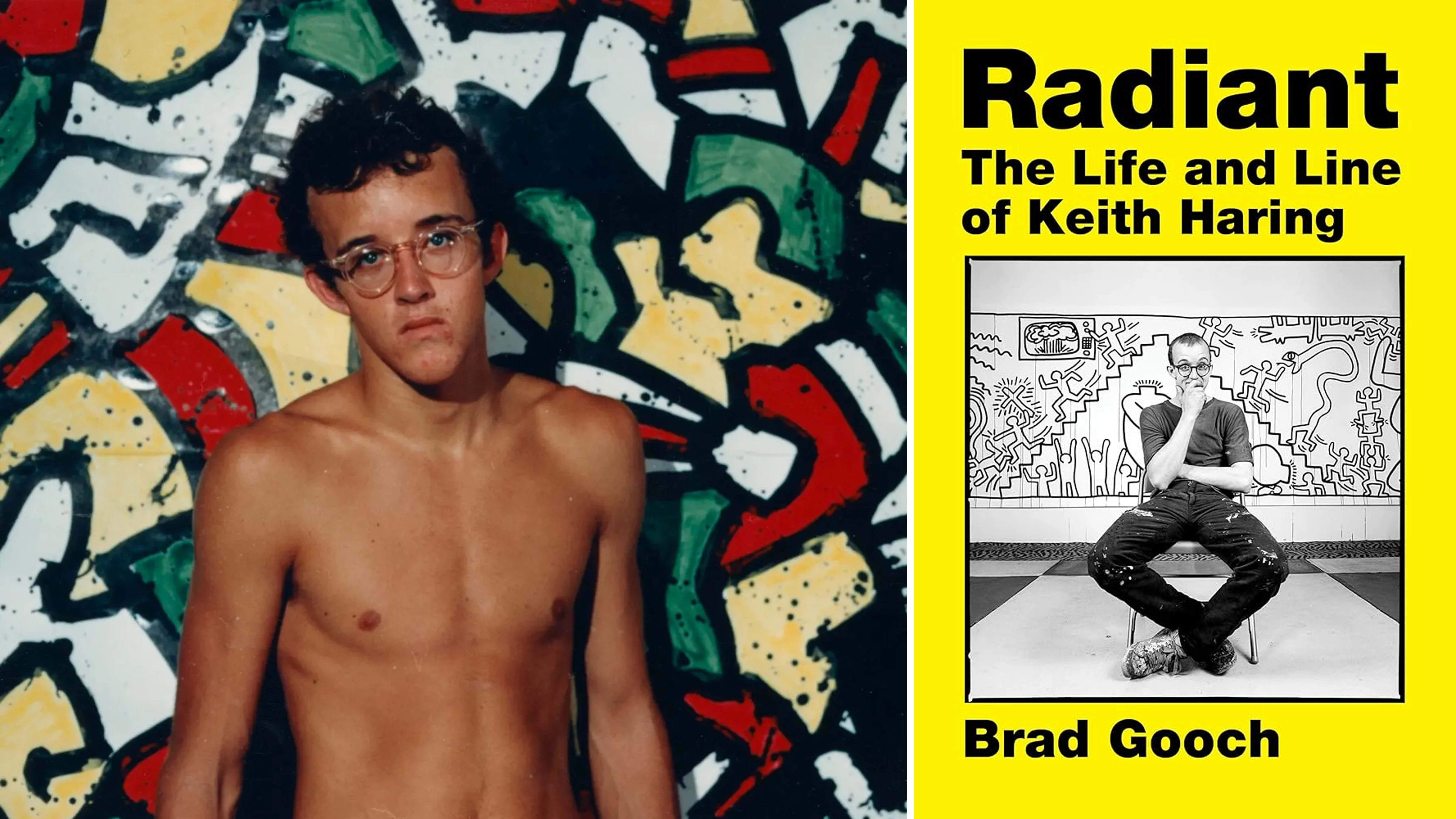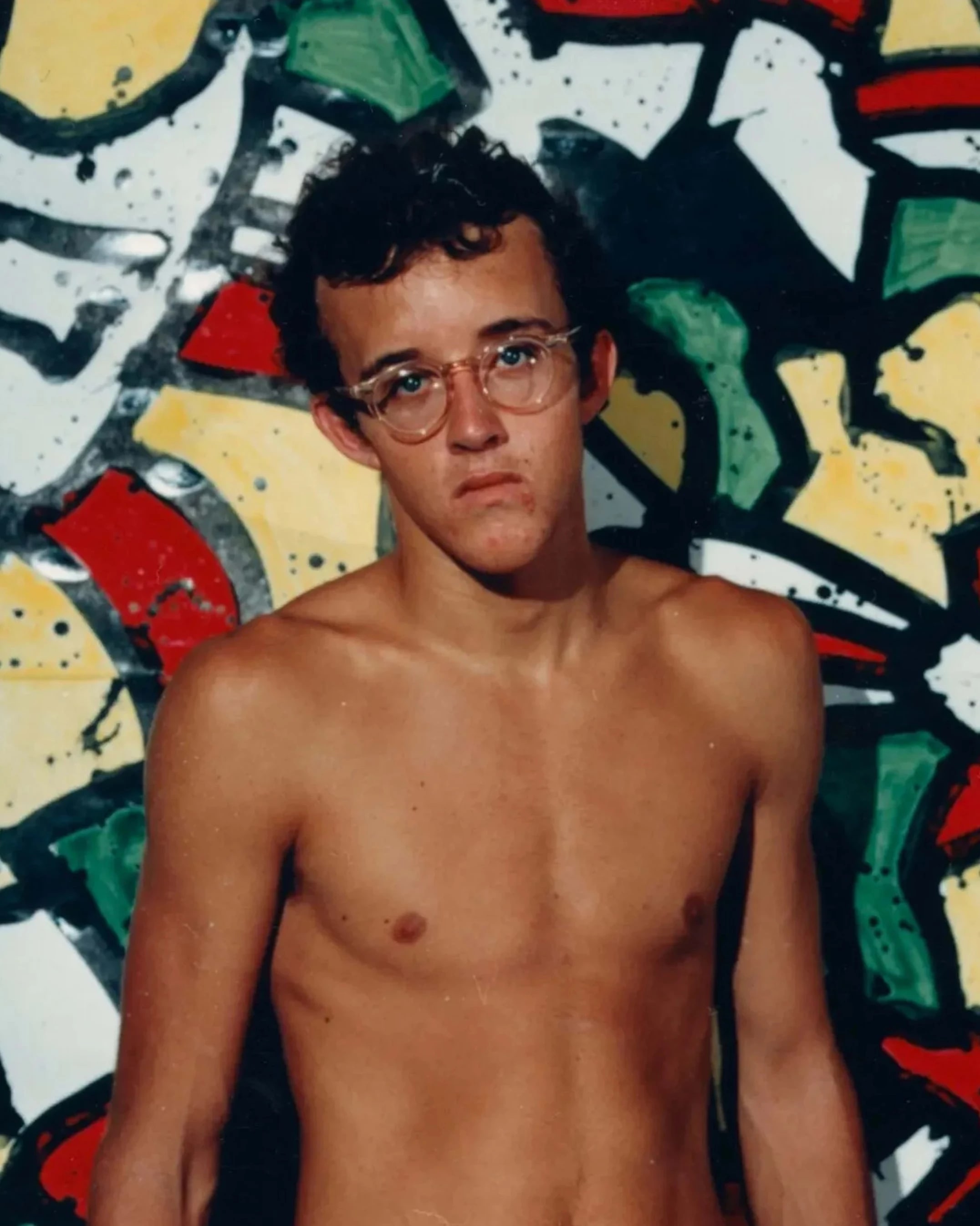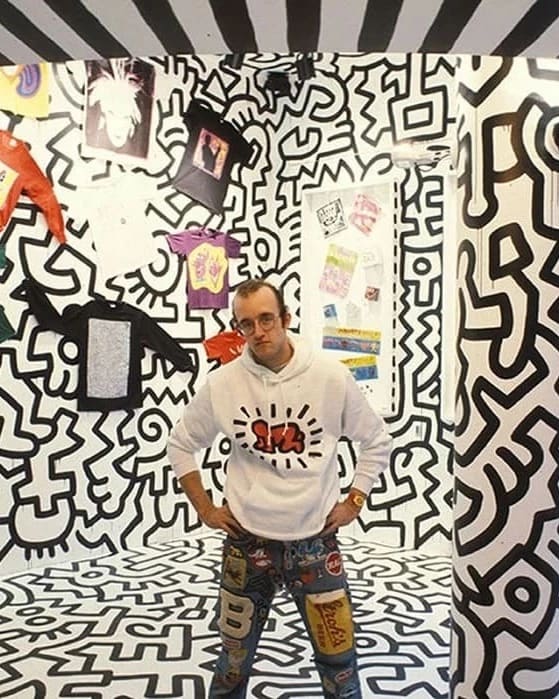This week’s round-up focuses on reviews and write-ups of Brad Gooch’s new book about the storied SVA alumnus.


Since he first rose to fame in the 1980s, there has been much mythologizing about SVA alumnus Keith Haring. But a new book, released last week, takes the deepest dive yet into the history and legacy of the late artist. Radiant: The Life and Line of Keith Haring (Harper) by Brad Gooch follows Haring’s brief but meteoric blaze, from his early beginnings as a child obsessed with drawing to his crucial work with ACT UP, and his untimely death at just 31. For this week’s edition of “The Five,” we’re rounding up some of the book’s many write-ups and reviews.
1. The New York Times Book Review says of Radiant, “Finding a chronicler with the proper combination of familiarity and detachment can be like going on a series of bad Hinge dates, but in Gooch, Haring has met his match.” The piece goes on to detail some of the more than 200 subjects interviewed for the book, including curator Jeffrey Deitch and fellow artist and SVA alumnus Kenny Scharf.
2. The New Yorker’s Jackson Arn’s experience of the book leads to more questions than answers, poking holes in Haring’s relationship with graffiti and the later commercialization of his work. Was Haring actually a deceptively “shrewd businessman?” Arn wonders in this review. “His art is overexposed but not overanalyzed, perhaps because Haring himself was unclear on how we should treat it.”
3. In a recap of the book in The Art Newspaper, Gooch’s own history—which, in many ways, runs parallel with Haring’s—is lauded in capturing the fertile creative ground of New York City in Haring’s heyday: “The world that Gooch describes, of interconnected gay and cultural networks in the febrile atmosphere of 1980s New York, is one in which he too took part. And first-hand experience has clearly proved integral in shaping his book, for it reads not only as the definitive biography of its subject, but as a memorial to a collective past, from which many did not survive.”
4. ART news’ piece, like Arn’s, questions the role of capitalism and complicity in Haring’s work, highlighting Gooch’s aim to answer the age-old “sellout” question that has long been tied to Haring’s legacy. “Gooch invests himself in rebutting the notion that Haring was impure simply because he profited from his art,” writes the reviewer, making reference to fellow SVA alumnus KAWS, also known for his prolific merchandising. “The implication is that Haring simply opened the door for others to follow.”
5. Wistfully recalling Haring’s glory days in his review of the book for Air Mail, Richard Lacayo praises Gooch’s ability to capture the artist’s lightning-in-a-bottle career and unshakable spirit: “Brad Gooch’s thorough account of Haring’s brief time is mostly a tale of head-spinning ascent, until it drifts down into a melancholy twilight, though one made bearable by Haring’s refusal to let mere death get in the way of his life’s work.”





